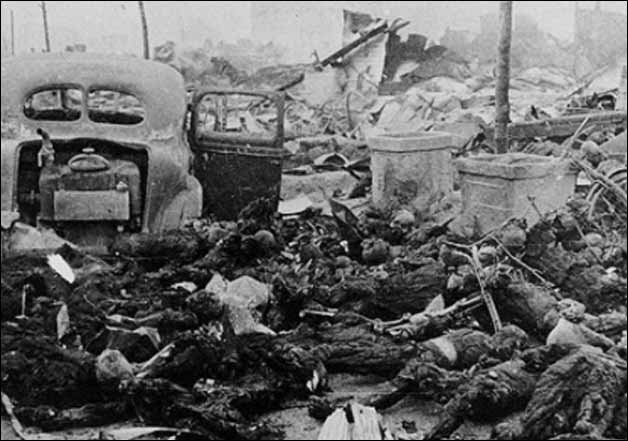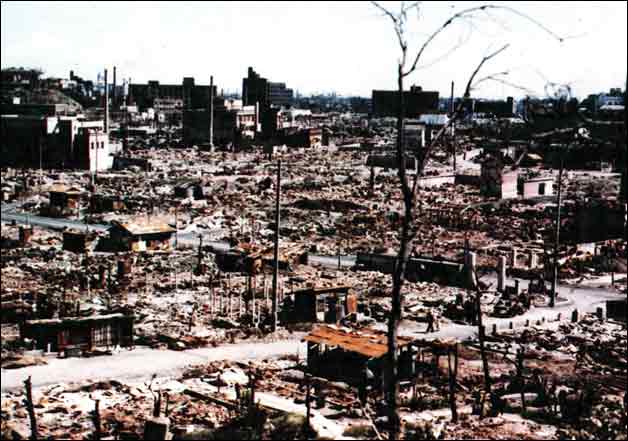
Hiroshima: The crumbling brick and concrete walls of the Atomic Bomb Dome, as it is known today, rise above the Motoyasu River. The bomb so devastated Hiroshima that there are few other reminders of the city that was here seven decades ago.
“I didn't want to see this place for a long time,” said Kimie Mihara, a fragile but straight-backed 89-year-old. She walked slowly around the fenced-off ruin, now roofless save for the dome's skeleton.
On the morning of Aug. 6, 1945, this building was her office. She was running late to work. That's the only reason she's still alive.
“When this was registered as a UNESCO World Heritage site, I thought of coming here. But I still didn't want to see this place,” she said.

Rebun Kayo, on the other hand, has made it his life's work to come back, again and again. At the crack of dawn recently, some curious joggers stopped to watch the 38-year-old Hiroshima University graduate student wading in the shallow waters in front of the dome at low tide, under a still-dark sky.
He hunched over to feel the riverbed for blasted remnants of the dome still submerged. In this city where physical history has been almost fully erased, he is determined to save those that are left, even those small enough to fit in the palm of his hand.
The dome building is literally a shell of what it once was, empty save for some stray cats lounging on a broken windowsill.

Debris from the wall and roof, some pieces more than a meter (3 feet) long, remain scattered on the floor, visible through holes in the walls and empty window frames.
Built in 1915, it was a rare example of Western architecture in Hiroshima at the time. Czech architect Jan Letzel designed it to be a city landmark and an exhibition hall for industrial and cultural promotion.
The three-story building was just 160 meters (525 feet) from the epicenter of the blast, yet was the only thing left standing in the area. It was one of the few structures built of brick, stone and steel in what was essentially a wooden city. Most buildings were flattened and burned by the bomb, which turned the seaport into a wasteland and killed an estimated 140,000 people, including those who died from their injuries or radiation exposure though the end of 1945.
About 30 workers were believed to be in the dome building, which had been converted to accommodate mostly government offices as the war intensified. All likely perished, though some remains have never been recovered.

Today, though the building is too hazardous to be open to the public, it is still a focal point of Peace Memorial Park, and a must-see for many of the more than 11 million tourists Hiroshima receives annually, about 650,000 of whom come from outside Japan.
Mihara was 19, and had been working in the dome building for about two months. An interior ministry worker, she excelled at using the abacus and was helping in the accounting department. She recalls how busy her days were. Her office was on the ground floor, facing the river, but she hardly had time to enjoy the view right outside her window.
She was due in the office at 8 am. The US B-29 bomber Enola Gay dropped the bomb at 8.15. She said she had been unusually tired that morning, and did not feel like going to work.



















